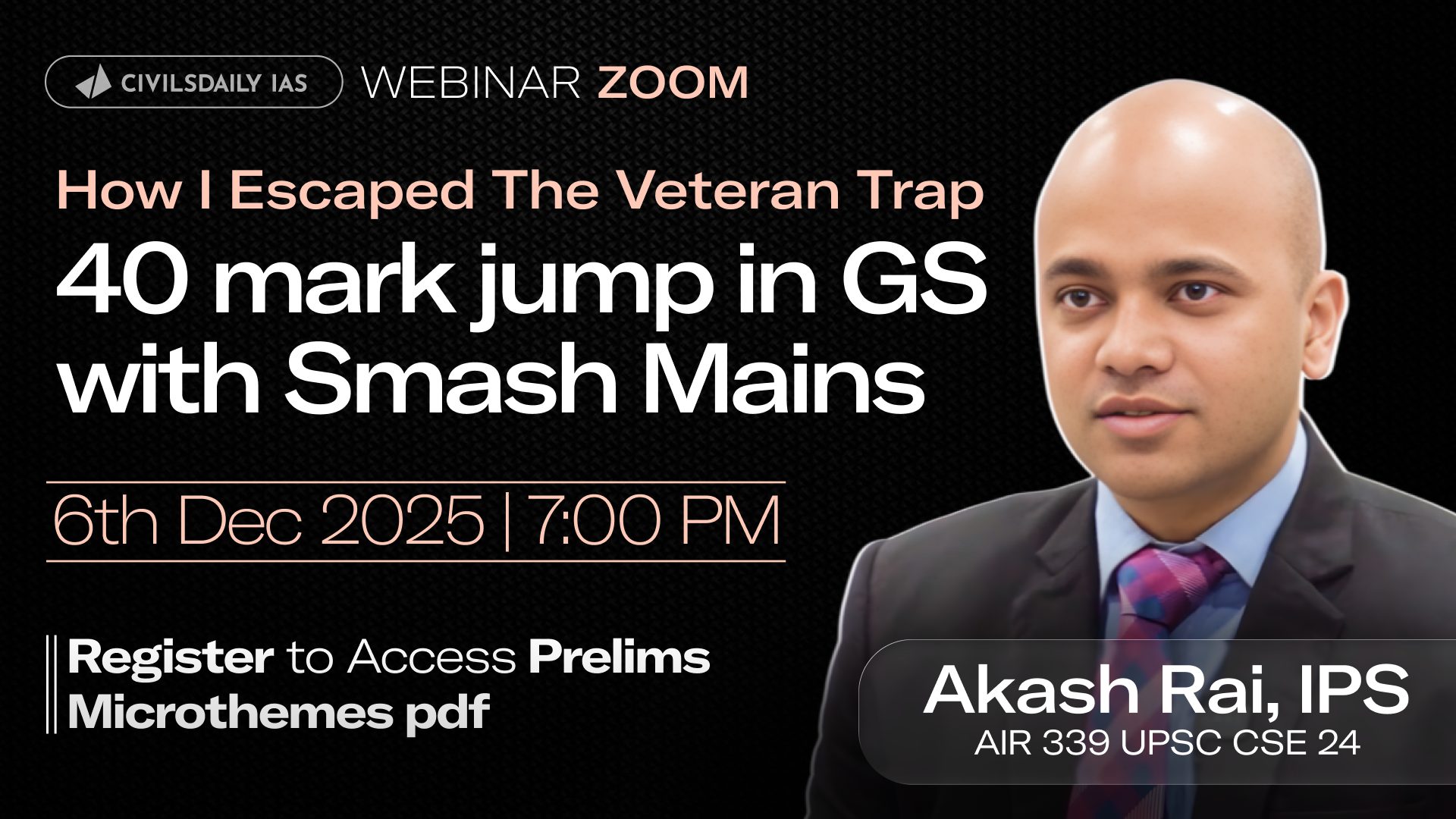Why in the News?
Russia officially announced its exit from the 1987 Intermediate-Range Nuclear Forces (INF) Treaty, marking a pivotal moment in the dismantling of Cold War-era nuclear arms control architecture.
What is the INF Treaty?
- Signed In: 1987 by United States President Ronald Reagan and Soviet leader Mikhail Gorbachev.
- Purpose: Banned ground-launched ballistic and cruise missiles with ranges between 500 and 5,500 kilometers.
- Impact: Led to the elimination of 2,692 missiles by June 1, 1991.
- Verification: Allowed on-site inspections, setting a benchmark for arms control agreements.
- Scope: Covered both nuclear and conventional missile systems.
- Significance: Became a key pillar of post-Cold War strategic stability.
Why did Russia exit the Treaty?
- Cited US deployments of:
- Tomahawk launchers (Philippines),
- Dark Eagle hypersonic missiles (Australia).
- Escalated by US nuclear submarine deployments in 2025 and rising NATO tensions.
- Russia had already withdrawn from:
Implications:
- Collapse of Arms Control: Removes a pillar of nuclear restraint.
- Resurgence of Arms Race: Possible missile deployments in Europe & Asia-Pacific.
- Regional Threats: NATO countries & East Asia more vulnerable.
- Proliferation Risk: May embolden China, India, and others.
| [UPSC 2011] The “New START” treaty was in the news. What is this treaty?
(a) It is a bilateral strategic nuclear arms reduction treaty between the USA and the Russian Federation.* (b) It is a multilateral energy security cooperation treaty among the members of the East Asia Summit. (c) It is a treaty between the Russian Federation and the European Union for energy security cooperation. (d) It is a multilateral cooperation treaty among the BRICS countries for the promotion of trade. |
Get an IAS/IPS ranker as your 1: 1 personal mentor for UPSC 2024

